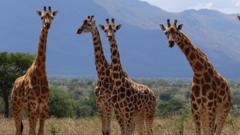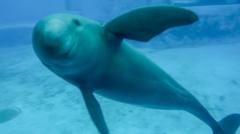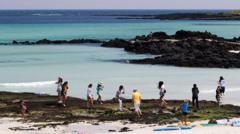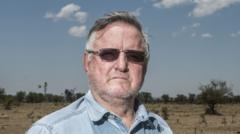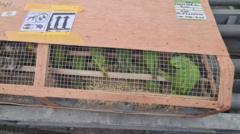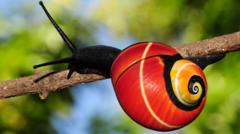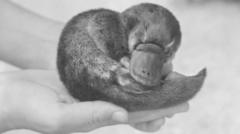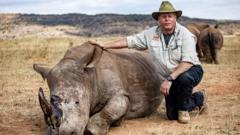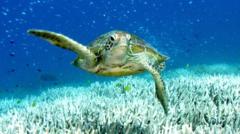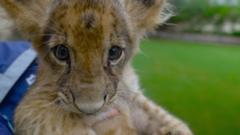In Australia's Northern Territory (NT), the once endangered saltwater crocodile population is thriving, with estimates of around 100,000 individuals making it the global hotspot for these apex predators. After years of conservation efforts, the situation is complex: while they have recovered from near extinction in the 1970s due to protective laws, increasing encounters with humans have sparked debates over necessary control measures.
Crocodile Conservation: Navigating the Balance Between Safety and Sustainability in Australia's NT
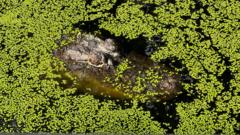
Crocodile Conservation: Navigating the Balance Between Safety and Sustainability in Australia's NT
As saltwater crocodiles reclaim their territory in the Northern Territory, authorities face a challenge of managing their numbers while ensuring public safety.
Kelly Ewin, a government ranger in Darwin, finds himself in high-stakes situations as he balances on a boat, attempting to catch a saltwater crocodile in the early morning light. Despite previous hunts that decimated their numbers, this species has made a remarkable comeback, resulting in the NT's current dilemma: how to ensure public safety while maintaining the crocodile population as a protected species. Managed culling has become a contentious topic, with the government recently approving an increase in the annual quota of crocodiles that can be killed from 300 to 1,200 as they implement a new ten-year management plan.
Interestingly, education programs such as "Be Crocwise" are critical to fostering responsible behavior among residents and tourists alike around croc habitats. Rangers educate the public on the dangers of these aggressive reptiles, reminding everyone that they live in crocodile country and must take precautions while engaging in activities like fishing or swimming. Rare, yet tragic incidents, like the death of a 12-year-old girl last year, reignite public fear and political scrutiny, leading to renewed calls for control measures.
Despite the challenges, saltwater crocodiles have also become a financial boon for the NT, with thriving ecotourism industries and crocodile farming operations. Fashion brands are investing in crocodile leather, providing an economic incentive for locals to coexist with these formidable creatures. Community leaders, particularly in Aboriginal regions, are increasingly advocating for sustainable practices that allow them to benefit from their traditional ties to the land and its significant fauna.
The juxtaposition of conservation and commercial interests underscores a broader conversation about how societies manage dangerous wildlife. Moving forward, the NT is seeking to maintain the delicate balance between preserving both the crocodile population and the safety of its human constituents, spelling a complicated future for one of the world’s most renowned reptiles.
Interestingly, education programs such as "Be Crocwise" are critical to fostering responsible behavior among residents and tourists alike around croc habitats. Rangers educate the public on the dangers of these aggressive reptiles, reminding everyone that they live in crocodile country and must take precautions while engaging in activities like fishing or swimming. Rare, yet tragic incidents, like the death of a 12-year-old girl last year, reignite public fear and political scrutiny, leading to renewed calls for control measures.
Despite the challenges, saltwater crocodiles have also become a financial boon for the NT, with thriving ecotourism industries and crocodile farming operations. Fashion brands are investing in crocodile leather, providing an economic incentive for locals to coexist with these formidable creatures. Community leaders, particularly in Aboriginal regions, are increasingly advocating for sustainable practices that allow them to benefit from their traditional ties to the land and its significant fauna.
The juxtaposition of conservation and commercial interests underscores a broader conversation about how societies manage dangerous wildlife. Moving forward, the NT is seeking to maintain the delicate balance between preserving both the crocodile population and the safety of its human constituents, spelling a complicated future for one of the world’s most renowned reptiles.

